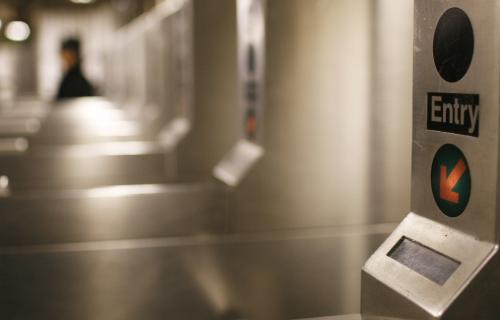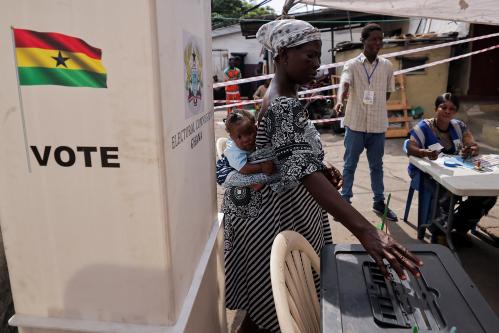 Throughout the world, people struggle to effectively, affordably, and safely reach destinations they value, such as workplaces, hospitals, homes, and shopping centers. Caught in a built environment that has long been planned and designed around “mobility”—where reducing congestion and boosting travel speeds are paramount—people are often disconnected from economic opportunity. Existing transportation options, for instance, may fail to conveniently connect people to jobs, while housing may be distant from other essential services. In turn, the lack of urban “accessibility” has made it difficult for cities to support equitable and sustainable development that ultimately helps people get where they need to go.
Throughout the world, people struggle to effectively, affordably, and safely reach destinations they value, such as workplaces, hospitals, homes, and shopping centers. Caught in a built environment that has long been planned and designed around “mobility”—where reducing congestion and boosting travel speeds are paramount—people are often disconnected from economic opportunity. Existing transportation options, for instance, may fail to conveniently connect people to jobs, while housing may be distant from other essential services. In turn, the lack of urban “accessibility” has made it difficult for cities to support equitable and sustainable development that ultimately helps people get where they need to go.
The Moving to Access (M2A) initiative represents a multidisciplinary effort aimed at informing and promoting a more accessible built environment across the developing and developed world. Although the idea of accessibility has gained greater traction among researchers over time—and new tools and performance measures have been created to quantify urban needs—its widespread adoption has proven challenging. However, by pioneering new research and establishing stronger networks among academics, practitioners, and other leaders, M2A aims to move the concept of urban accessibility from theory into practice.
Efforts to improve accessibility involve a wide range of policy areas and actors, making it difficult to clearly and consistently translate the merits of an accessibility approach to urban development. Instead, moving theory into practice will require a common understanding across three policy disciplines that traditionally make decisions in isolation: transportation, urban planning, and fiscal and financial affairs. Professionals in each of these three disciplines, whether when considering new transit expansions, developing new land use plans, or guiding new investments and pricing policies, need to have a better sense of how accessibility is interconnected. Establishing where these disciplines agree, where they diverge, and what they can miss is a key first step to developing practical policies that will resonate with all policymakers.
To meet this objective, the M2A initiative commissioned three think pieces that discuss accessibility from these perspectives. The authors of each piece followed broad guidelines to better define the challenges and opportunities cities face when implementing an accessibility-focused approach, with an eye toward cross-cutting solutions. Each paper stands on its own, offering an intellectual tour of accessibility through its discipline:
Venter, Duranton, Guerra, and Yusuf all offer a fresh take on accessibility, often drawing from experience in their disciplines to reveal areas of agreement. Critically, all the authors strongly agree that prioritizing accessibility is essential to achieving sustainable and equitable urban development. The authors also agree that policymakers and practitioners have, to date, paid little if any attention to accessibility.
Where the authors diverge, however, is in their view of the constraints holding back the widespread implementation of accessibility policies. In some cases, the constraints are the same but their emphasis is not; in other cases, the constraints are markedly different. Given their sectoral backgrounds and range of different national and urban contexts, this is not surprising. However, it speaks to the extensive challenge to create practical policies that unite these disciplines.
This overview categorizes the commonalities, differences, and gaps across the three pieces, and uses these findings to identify opportunities for future work to advance accessibility practice. We begin with the overall view of the authors on the central importance of a focus on accessibility and the lack of attention by policymakers and practitioners. The second section discusses the formidable challenges the authors agree are involved in moving the concept of accessibility from theory to practice. The third section highlights differing concerns among the authors, and the fourth identifies issues that will require more attention in subsequent work. Finally, the paper presents implications for future applied research and approaches to better engage with the various stakeholders.
The Brookings Institution is committed to quality, independence, and impact.
We are supported by a diverse array of funders. In line with our values and policies, each Brookings publication represents the sole views of its author(s).








